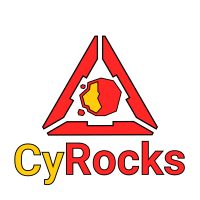Team Structure
Team Lead:
Emilee Evans
Members:
Jack Mendoza
Rodrigo Romero
Trenton Turner
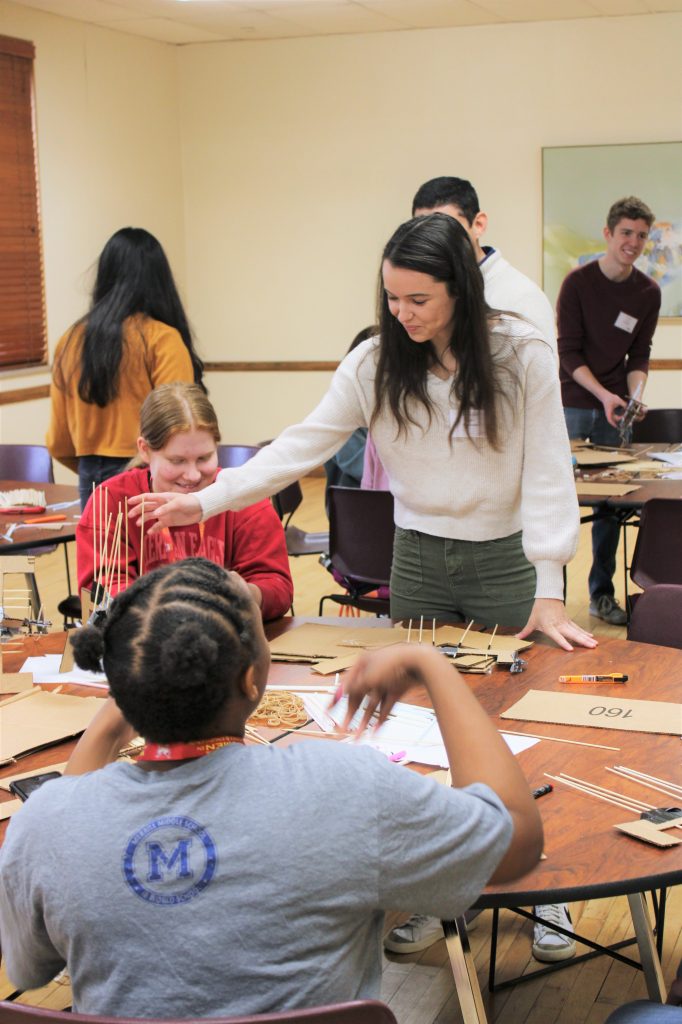
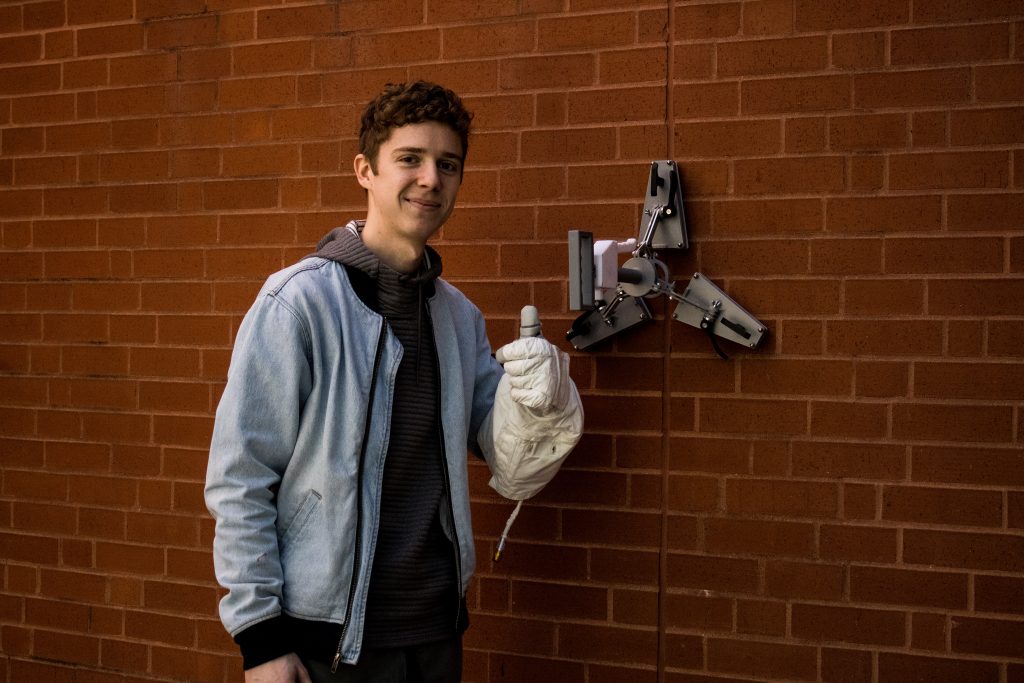

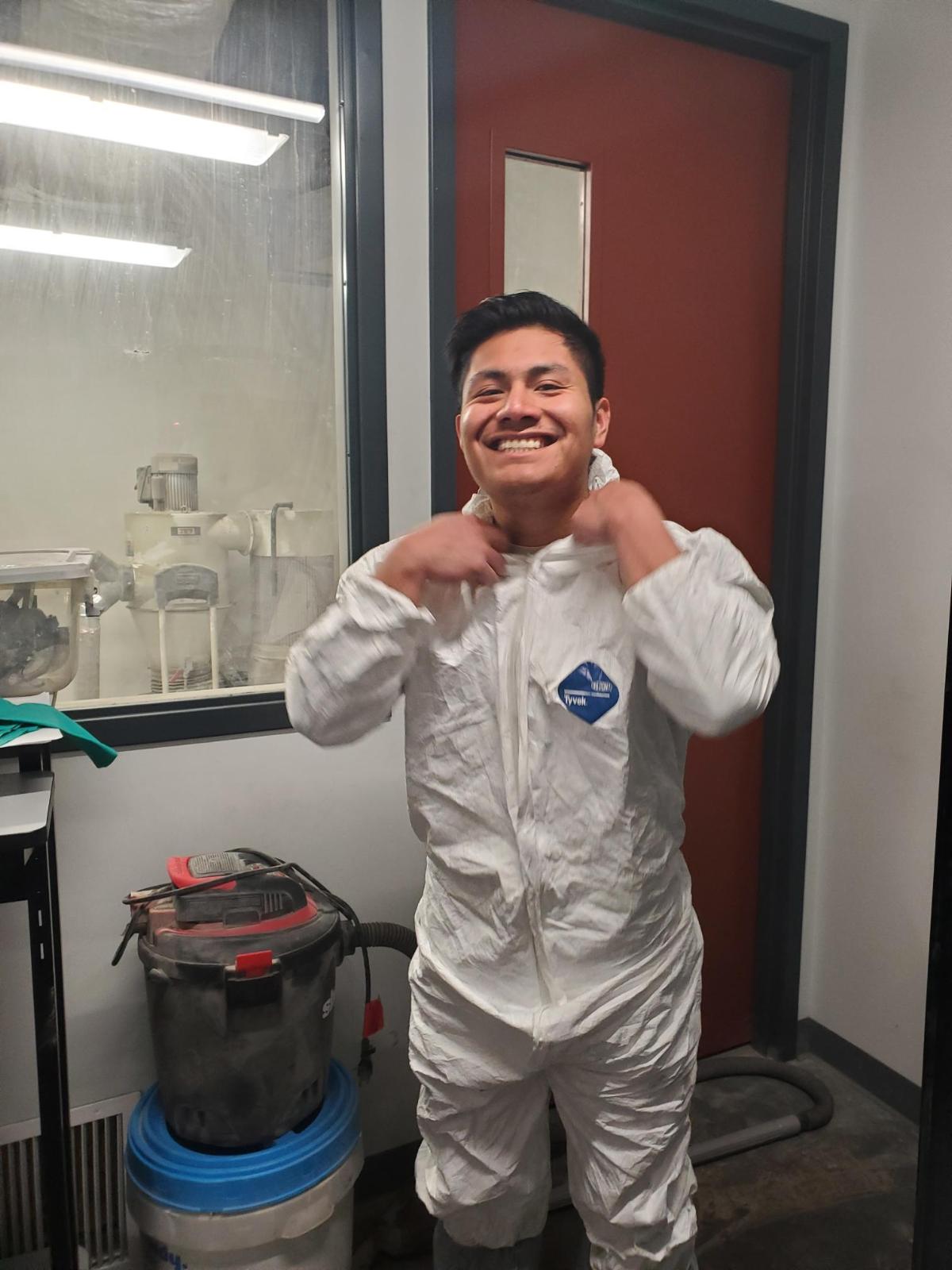
NASA Operations Deliverables
Outreach Final Report
Science Bound Events & Women In Science and Engineering Conferences completed
Goals
- Successfully lead outreach events
- Inspire high school students interested in STEM
- Post on social media weekly
- Budget effectively for outreach events
- Manage Iowa Space Grant Consortium reports
Milestones
-
- M2I Website Checkpoint 2
- Outreach opportunities with different companies
- Preparing for the M2I Design Expo
- Complete presentation for Test Readiness Review in June
- Develop Final Test Instructions for NBL Divers
Testing
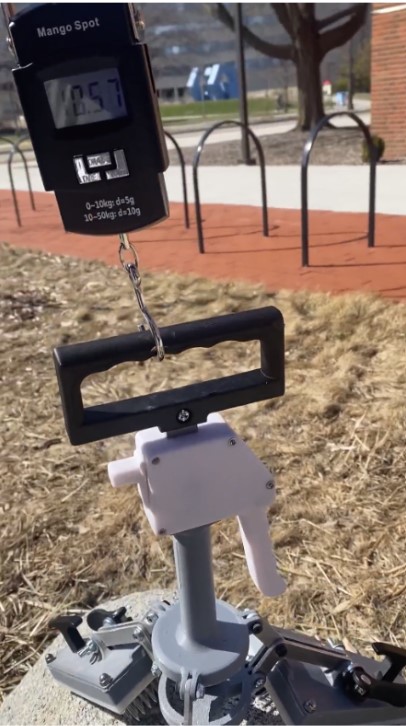
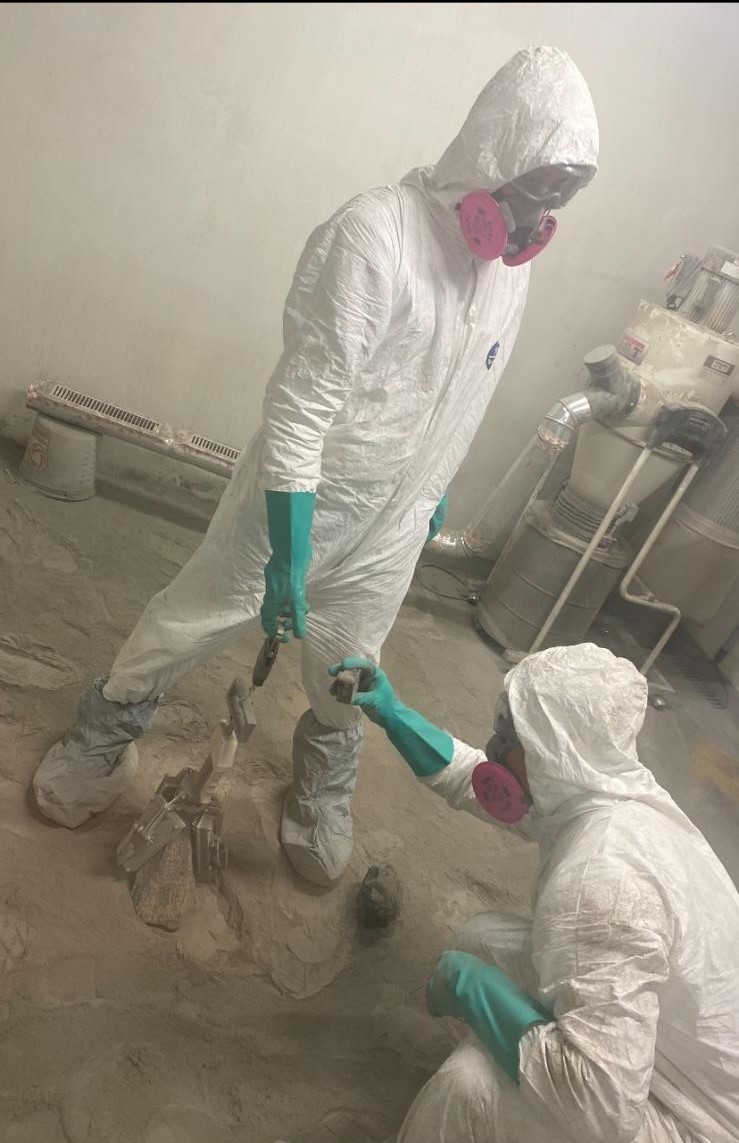
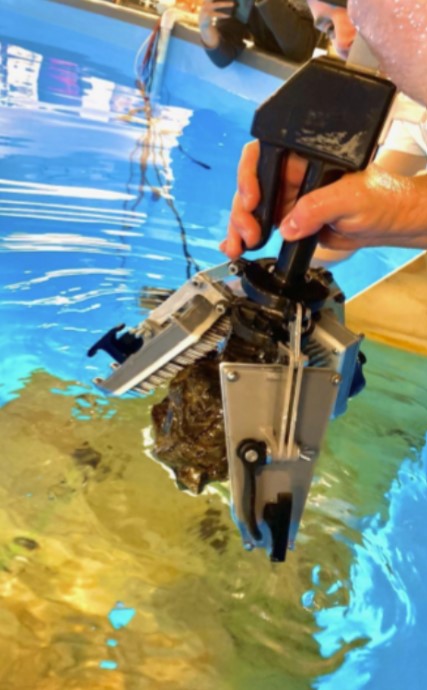

In addition to computational analysis, various physical testing has been conducted on multiple variations of the Triple Actuating and Locking INterface. By performing rapid prototyping, a multitude of testing was performed including bend testing on individual pins, open-air testing on various rock surfaces, regolith resistance testing, neutral buoyancy testing, and EVA glove testing.
We first had our regolith resistance test in the ISU Student Innovation Center’s Regolith Chamber. This chamber simulates the effect of lunar dust of the life of mechanical components such as joints, bar slide, articulation elements, point of rotation of the surface mechanism, as well as the dust impermeability of the materials that the lunar anchoring device is made out of. In the long term, while operating within a dusty lunar environment, the three fundamental approaches to keeping mechanical equipment functioning are dust avoidance, dust removal, and dust tolerance.
Then, we tested our device in the ISU Neutral Buoyancy Lab. A major anchoring challenge requirement is testing the device in water. Neutral buoyancy labs are good simulation of a microgravity environment. Iowa State has it’s own neutral buoyancy laboratory in the aerospace engineering department. The team used this opportunity to test TALIN underwater. The testing ensured that the device works properly underwater with adverse effects to prepare for the NASA testing in June.
The team also conducted EVA glove testing. TALIN is designed to easily function for astronauts in a lunar environment. An important requirement of the anchoring device challenge is for the device to be easily operable with EVA gloves. Iowa State University has an EVA glove that the team used to test the device. It is important to the team that the device is ergonomic since EVA gloves provide limited dexterity. This test ensured that the device functions properly with limited dexterity
